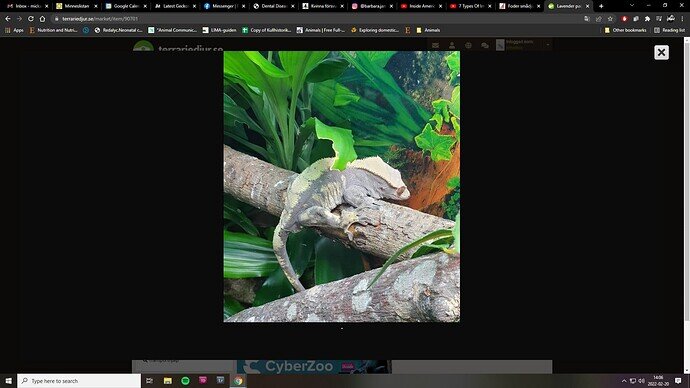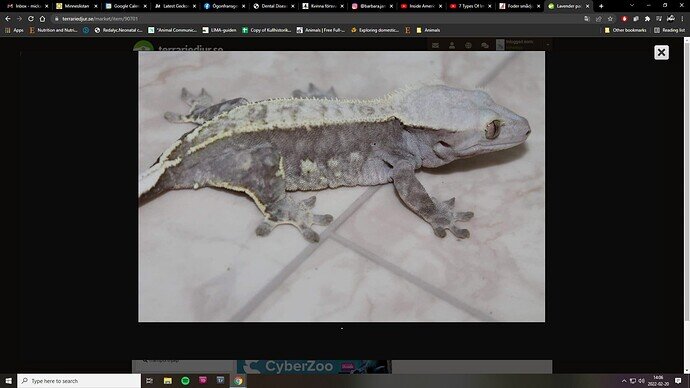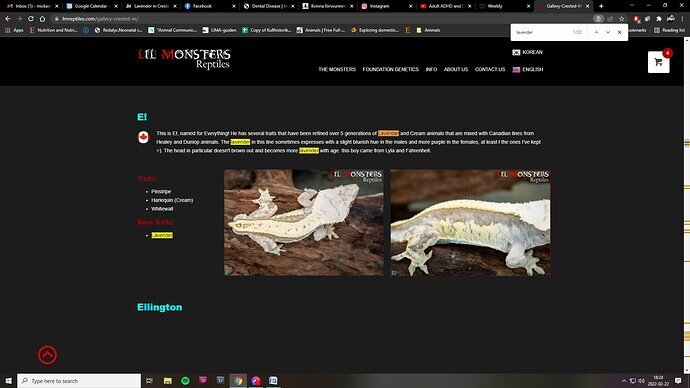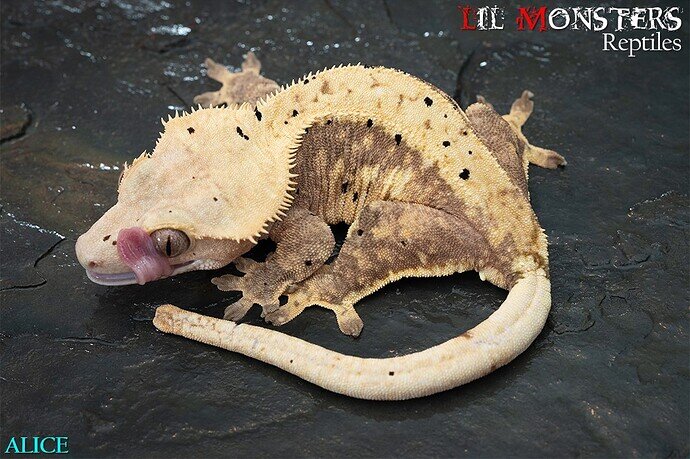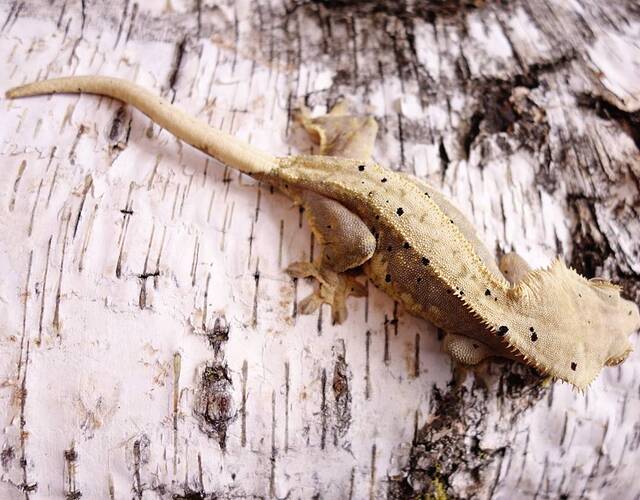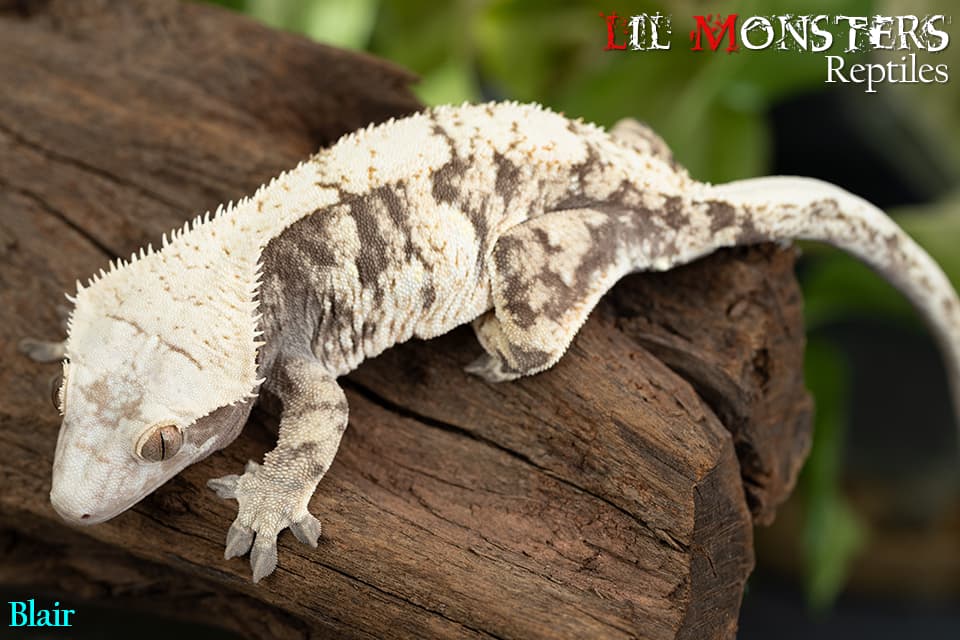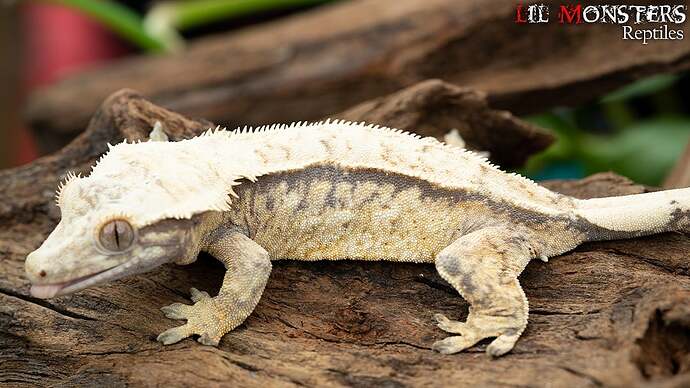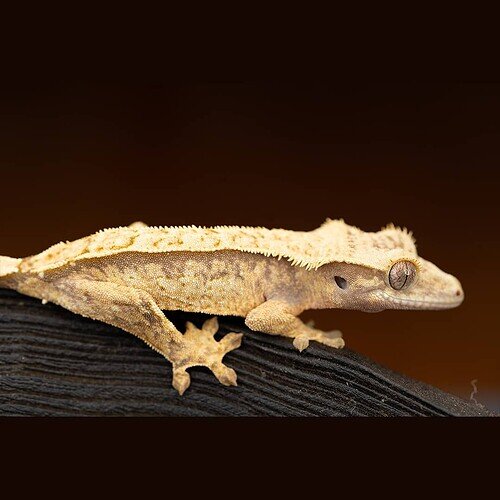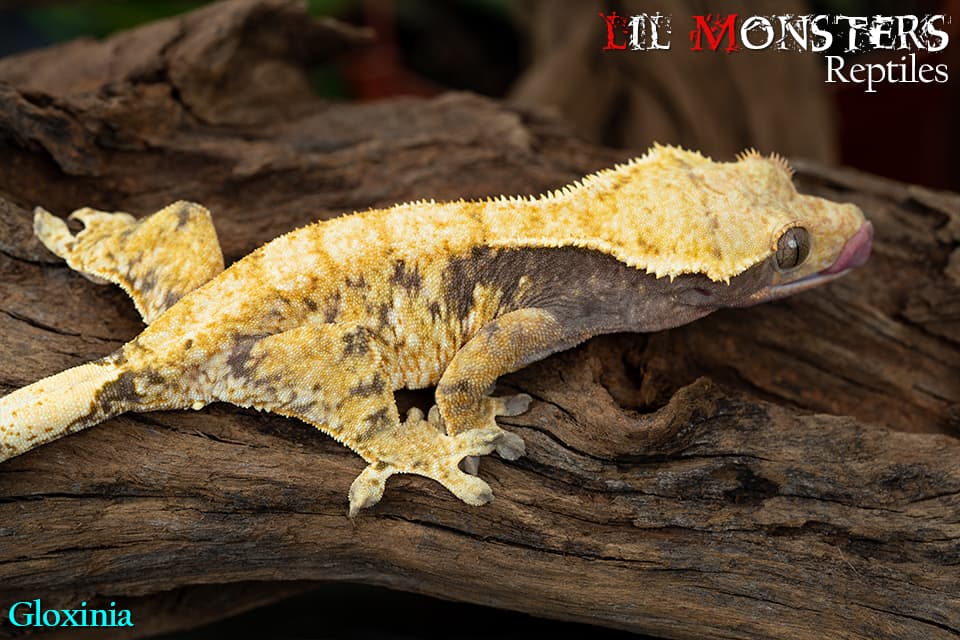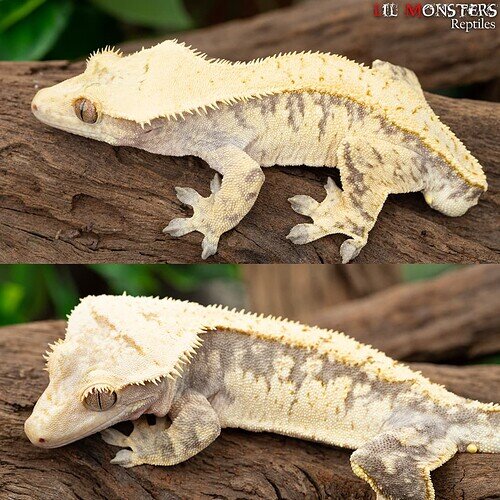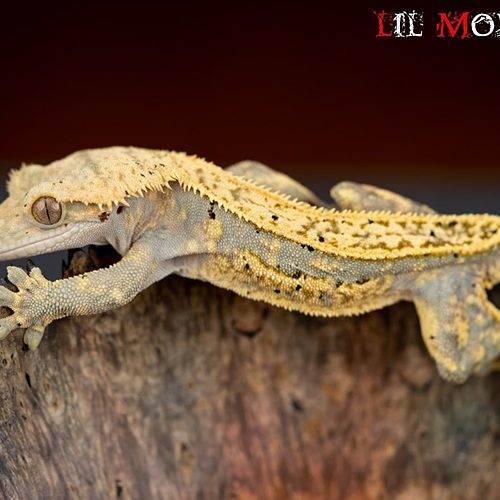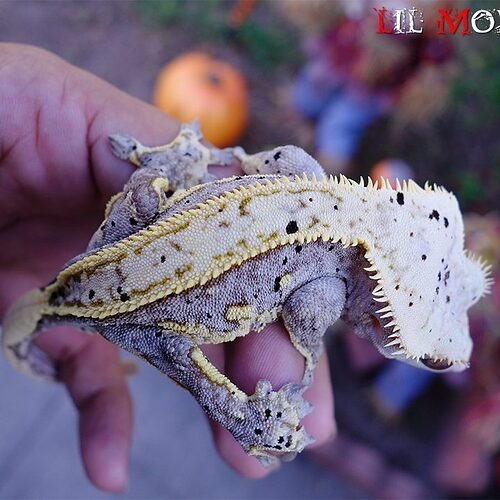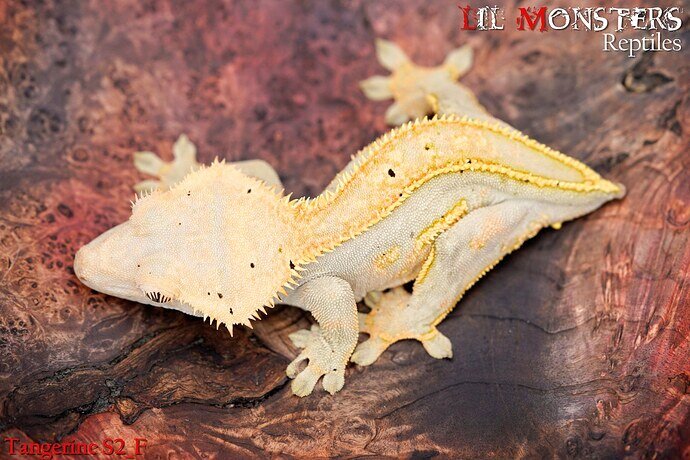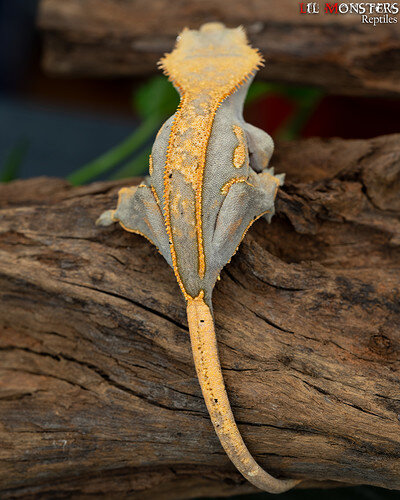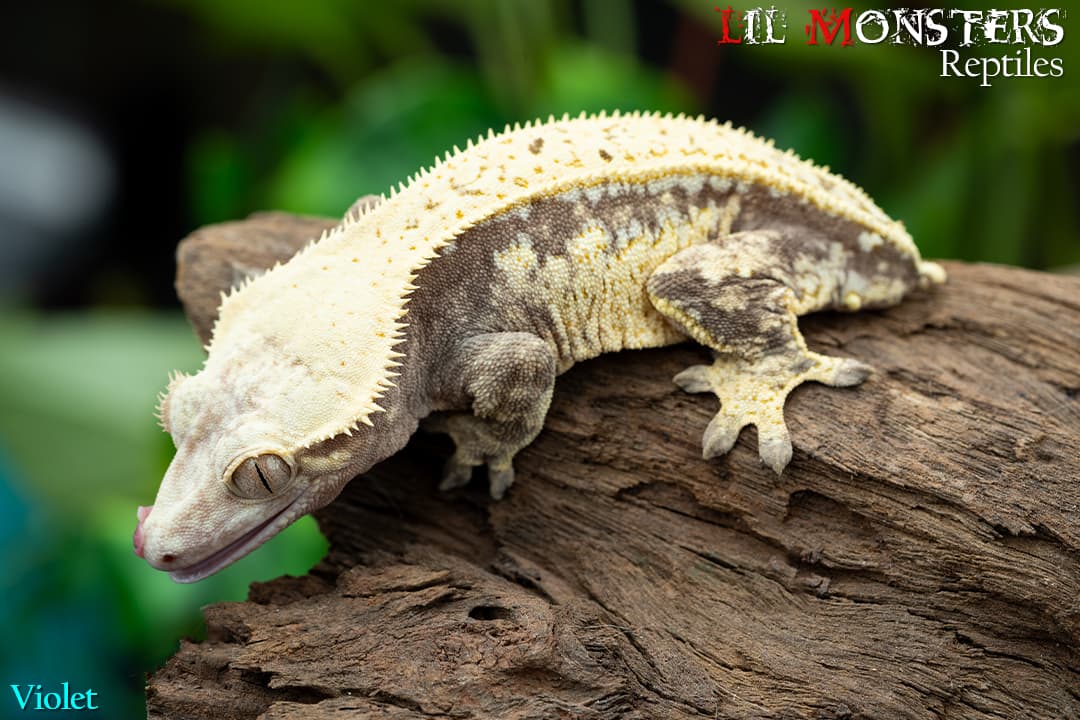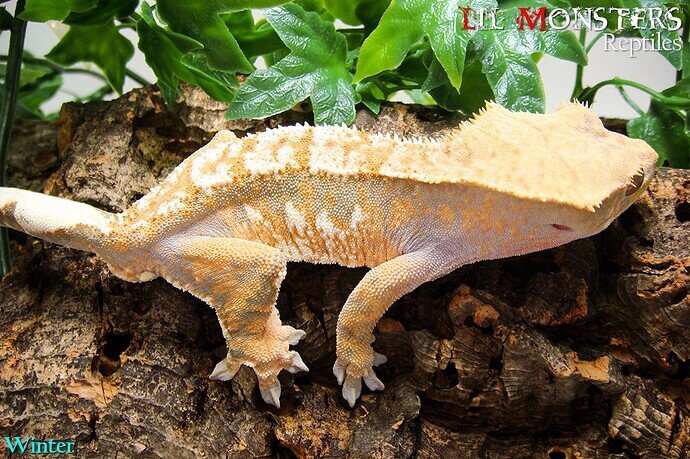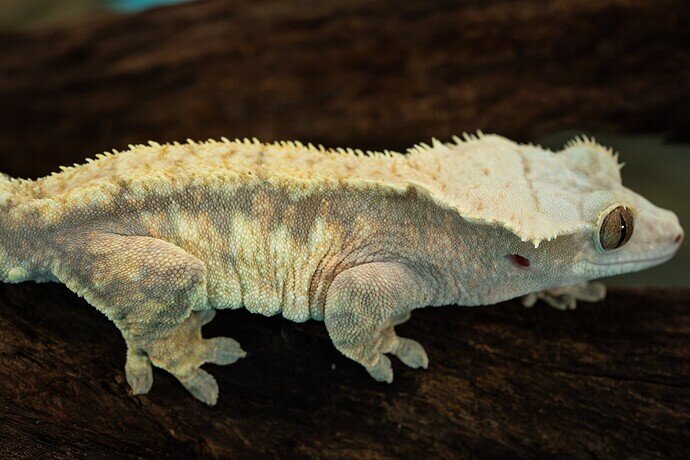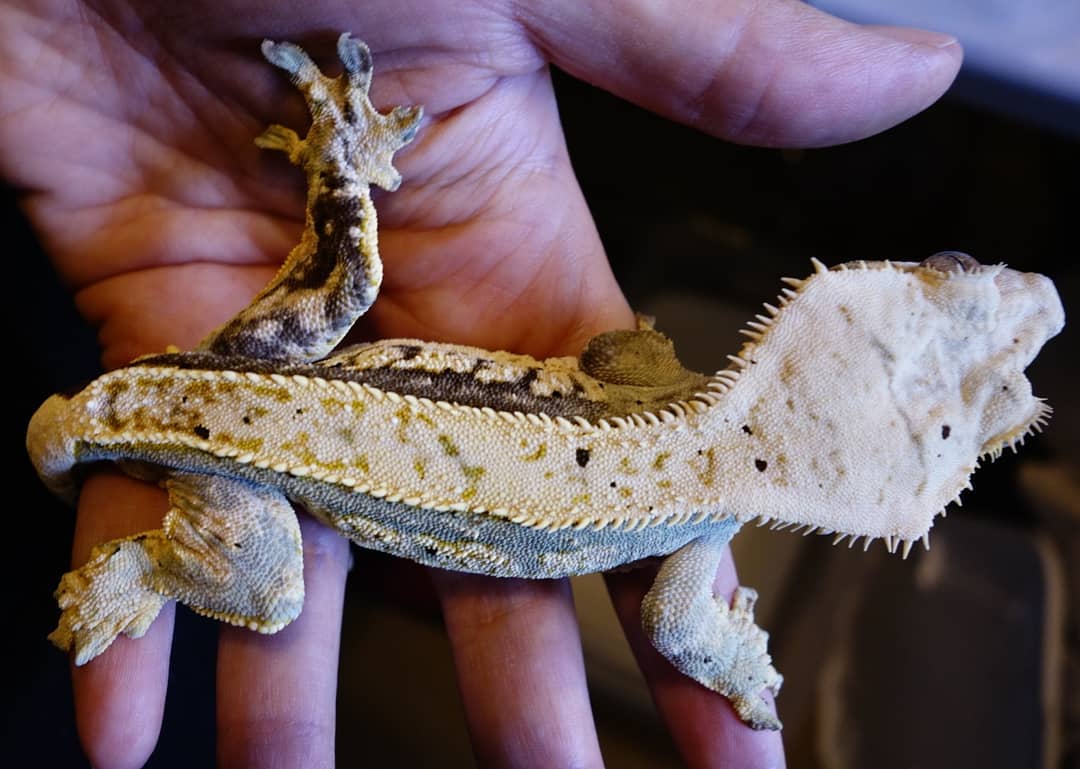What is the main difference between lavender and dark based?
What are some of the distinct signs of a lavender?
Anyone have some progression photos of juvenile to adult?
Or fired up/fired down pics?
People say you can breed lavender into yellow and reds to make them more bright, can that change in brightness show already in the first generation?
I know lavender is a form of hypomelanism that reduces black. Such a weird gene. How can it create lavender geckos that fire up jet black and “clean up” the dark pigment from yellows and reds at the same time? 
(the gecko in the pic has nothing to do with this discussion, she’s just being cute)
4 Likes
From what I’ve seen yes it can change brightness right away, a couple breeders working with this year in uk too I’m waiting on haha 
Also with lav and dark based there is a slight difference, but I honestly think unless working with and proving out you may not know at first, Dolly I think may be and Haise (Tinys dad) but will see what happens this year with them 
Also hypo in reds/yellow again, For instance this male I have here was a red tri and turned lav! Bit strange…
and may of been Akira that’s produced it by speaking to Lmr.
Honestly it’s an amazing trait and cannot wait to work with it 

1 Like
It’s so exciting! I’m a sucker for genetics and colours in different animals. In particular the ones that aren’t well known. Can’t wait to see what you’ll get in your “lizardry” 

I found an adult pair of cresties that are labeled as lavender for sale and we are thinking about purchasing the female. So just wanted to read up on lavender, to make sure they are correctly labeled, and discuss the pros and cons.
2 Likes
Add some pics here, and I’d tag Lmr again too. He’s the best at helping 

1 Like
Fired up (dark)
Fired down (grey)
The other one, fired down:
2 Likes
Bottom I don’t see being one…
And unsure on top…
@lmr_lmreptiles what do you think? 
Can you tell me why? What would make it not lavender? I’d like to learn.
2 Likes
Well for one it looks similar to my zombie fired down, she was more grey and clean too, who I just sold and Lmr said no to her haha.
What’s fired up of that?
Hopefully he replies also 
2 Likes
I’m going to say that neither are Lavender, however could be from a Lavender line so may hold the trait for offspring.
My reasoning is…I believe a lavender has a purple/blue (ISH) sheen to it when fired down and a grey sheen when fired up. I do not have a lavender so this is speciation.
Also not sure if sheen is the correct wording  colouring maybe?
colouring maybe?
1 Like
Yes^
But as said some of the darker ones can be a pain.
Reds have this strange colouration to them when hypo too.
But babies you wouldn’t have a clue if lav I don’t think until a bit older, Like I said with these 2, not a clue. Something was off with Tiny when she had this weird eye colour change but the red… god knows!
I didn’t plan on keeping either of them until the change funny though.
It’s amazing seeing the difference then and now I will say…
1 Like
In the Foundation genetics video about Lavender they say lavenders can fire up “jet black”.
“Lyla is the origin of our Lavender lines with excellent purple hues when fired up and fired down, you may notice the purple coloration on the head is due to the cream being somewhat translucent and showing the lavender color from the neck to the tip of her nose. One of her best offspring is E!”
1 Like
“The lavender in this line sometimes expresses with a slight blueish hue in the males and more purple in the females, at least I the ones I’ve kept =). The head in particular doesn’t brown out and becomes more lavender with age.”
“and a dark lavender when fired to a blueish hue when not fired”
" The purple lavender coloration seems to carry through to about 25-50% of the offspring and these are the ones that transition to paperwhite cream coloration at around 8-14 months."
If this is the case with Every crestie around that’s got the lav/blue tint when fired down…
Then Dolly, Haise and a few others here are lavenders too. I’ve also sold a LOT of lav babies and have a few here now.
But I wouldn’t say they are at all see…
I think when you know what you’re doing more then it’s easier to identify.
Tiny is obvious… And the red I’m seeing how he changes but looking lav (red hypo) which means good ol Akira passed it on.
Which also means this whole thing with needing certain reds with no orange/yellow tint and not stacked, not bright, not browned out etc isn’t right as she’s a tri from bright lines 
The way she fires down also is almost hypo so…
Can’t wait to breed to figure it out myself 
1 Like
I don’t think every lavender is exactly the same, some of these from Lil Monsters are a specifik line and possibly the clear purple hue can only be seen in that particular line. Other might be more blue?
It would make sense if lavenders from red parents or a line that is red-heavy are more purple in tone (blue + red = purple). And from more black/dark based lines it’s greyish blue.
In the video they say lavender is hypomelanism added to a black base. (What exactly identifies a black base? No brown at all?) Why can they fire up jet black if they are hypo?
What’s confusing though is they can “brown out” with age so maybe the male I showed above (born 2017) was black when younger?
I didn’t think Lavenders brown out with age, I thought they fade in colour?
1 Like
Well, if they are black based and the melanin production is not as strong as before, they might become dark brown? I also think it depends on what’s in the line, if it’s a line with lots of reds/yellows/olives, then a black-lavender gecko might more likely fade to brown with age. Because the black is not a colour in itself, but is made up of other colours. Maybe?
Since Hypo is the trait that is contributing to the lavender color, they tend to continue to lighten with age. Dark color morphs tend to darken or brown but it depends on the strength of the lavender if they brown, we describe this as trait dominance fighting. Another thing to note is that those brown color lavenders are often times old and I bet several used to be yellow when they were young. Many people pass animals around and by the time they trade a few hands their morph is misidentified over the years. I have seen this many times this past couple years.
Crested’s have several color changes through their lifetime, 8-12 weeks, 20-32 weeks, 1-1.5 years, 4-5years, and 8-10 years.
3 Likes
You are correct they are from certain lines, this is why they have a consistent look. However let me share unrelated animals also in our care that we breed and still follow the same firing and lavender theme. All still have hypo.
6 Likes









